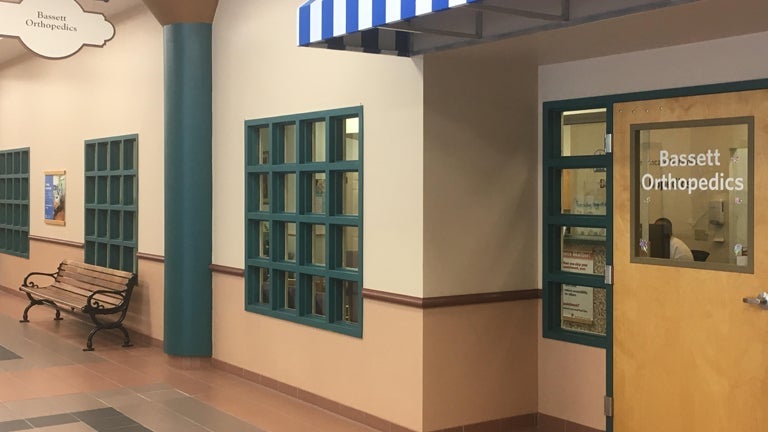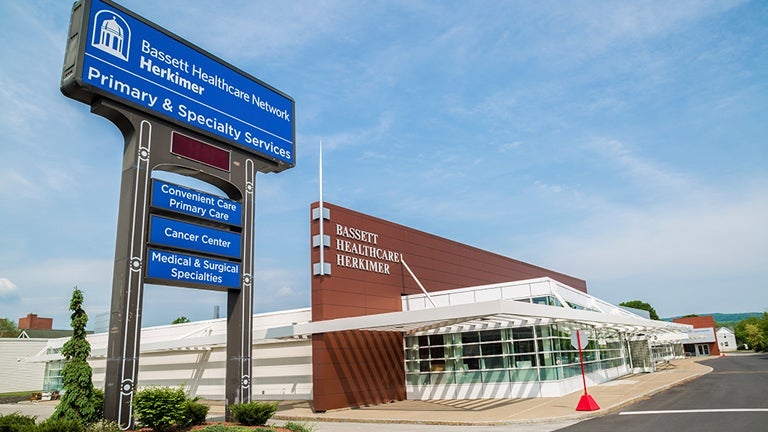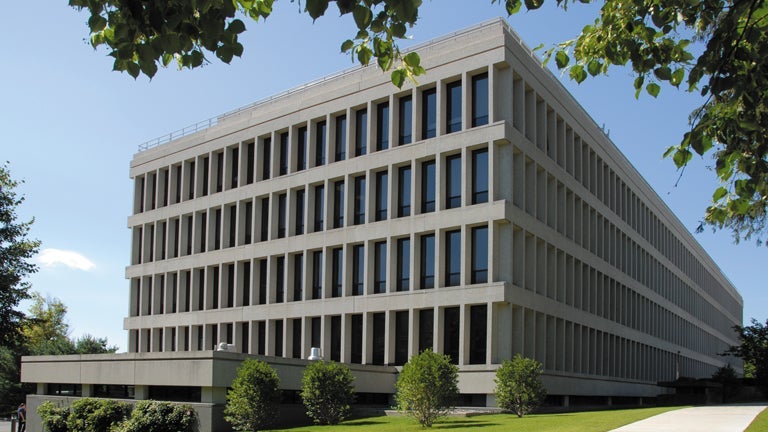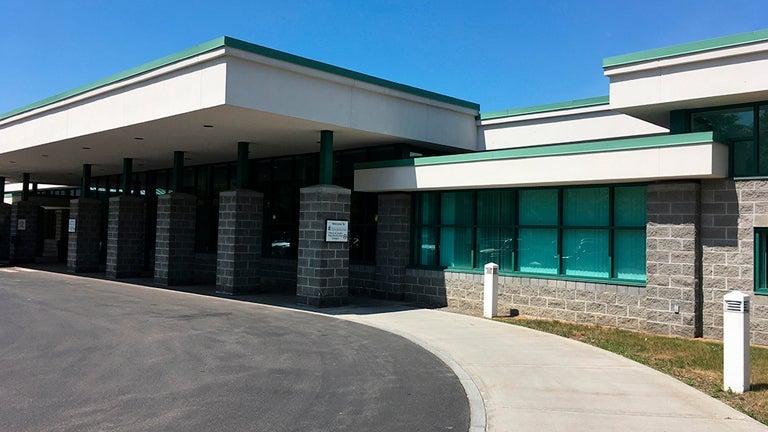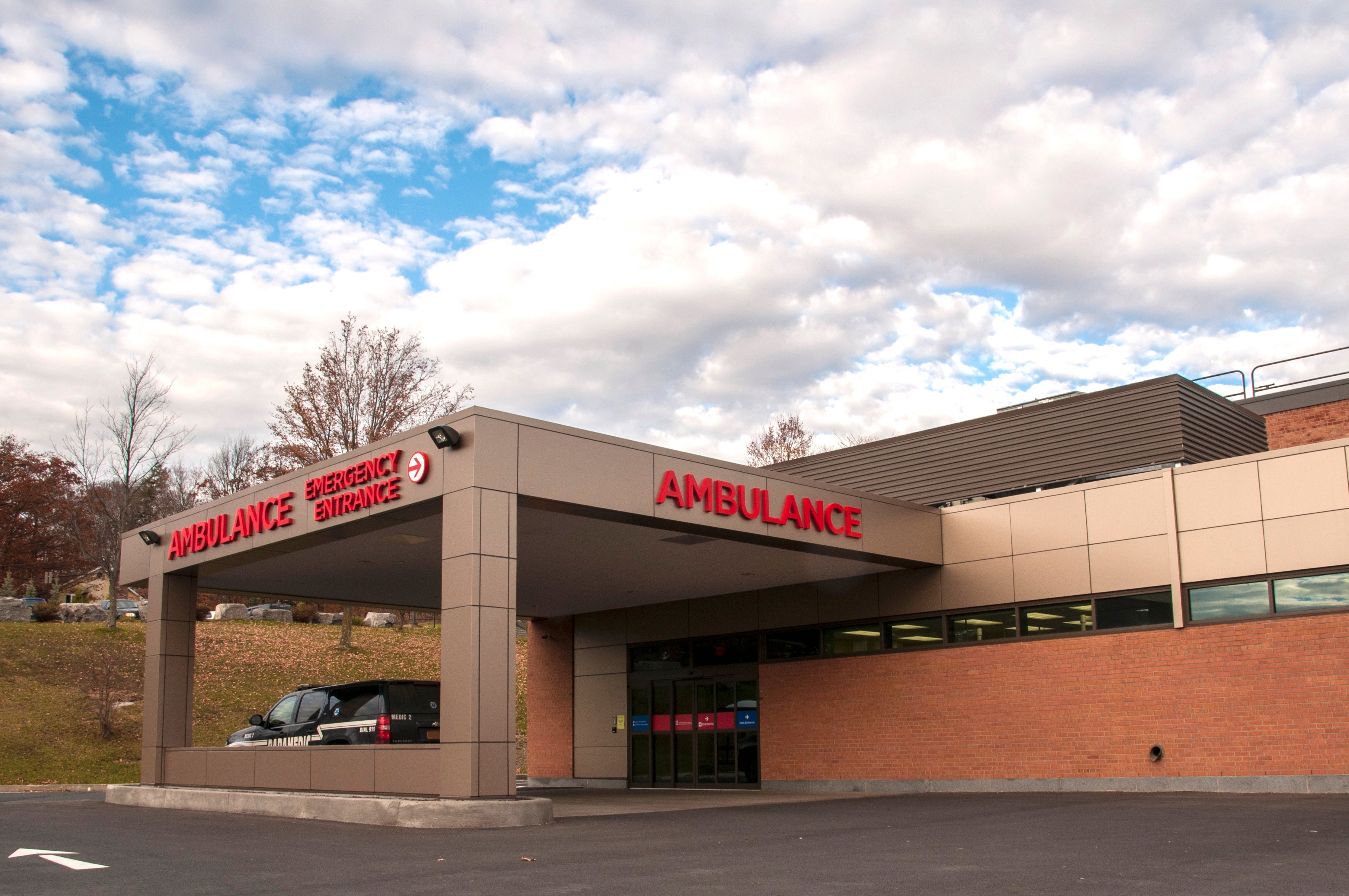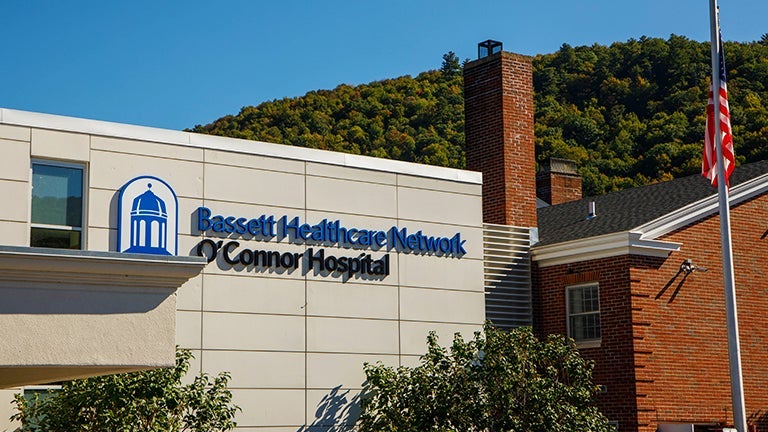Pediatric Orthopedics
Schedule an Appointment for a Pediatric Orthopedic Exam
Our pediatric orthopedic surgeons hold regular clinics throughout the Bassett Healthcare Network to best serve you! When you call, please work with the scheduler to find a location that's most convenient for you and your family. Depending on the urgency of your child’s condition, we may ask you to travel further than normal so that we can provide the appropriate care in a timely manner, or we may schedule your initial evaluation with an orthopedic physician assistant (PA).
If your child has sustained a severe injury, please visit the nearest emergency room to receive immediate care.
If your child has sustained a mild injury, was born with a deformity of the back, arms, or legs, or if your child is experiencing developmental delays, schedule an appointment with your child’s primary care practitioner to receive a referral for a pediatric orthopedic evaluation.
Bassett Healthcare Network provides comprehensive pediatric orthopedic services to treat and manage conditions and injuries throughout Central New York, including in Little Falls, Herkimer, Cooperstown, Cobleskill, Delhi, and Oneonta.
Treatment & Management of Acquired & Congenital Disorders
Pediatric orthopedics covers a wide range of conditions that are congenital (present at birth) and acquired during childhood.
The main types of pediatric orthopedic conditions include:
- Trauma, such as fractures and sports injuries
- Congenital deformities of bones, joints, and muscles (the musculoskeletal system)
- Congenital neuromuscular disorders
- Tumors, both benign and cancerous
Trauma & Sports Injuries
A fracture is a very common childhood injury. If you think your child has broken a bone, seek treatment immediately at the nearest Emergency Department.
Learn more about pediatric orthopedic conditions, injury prevention, and treatments.
Congenital Deformities
Common congenital conditions include those of the:
Including scoliosis (spinal curvature), spondylolisthesis, and kyphosis.
Including clubfoot, webbed toes, extra toes, missing toes, flat feet, and crooked feet.
Including leg length differences (too short or long), bowed legs, and knee flexion contractures.
Including trigger thumb, radial thumb, webbed fingers, extra fingers, and missing fingers.
Including hip dysplasia, femoroacetabular impingement (FAI), Perthes disease, and early-age osteoarthritis.
Including neurofibromatosis.
Congenital & Acquired Disorders
Rare congenital and acquired disorders and diseases include:
Commonly referred to as “CP,” this developmental disorder is the most common motor disability in children, and results from abnormal brain development before birth, or damage to the developing brain after birth. Cerebral palsy symptoms vary, though all individuals with CP have issues controlling their muscles, which affects posture and movement. Signs of cerebral palsy are usually present within the first few months after birth, but may not appear until the individual is three to five years old, when developmental delays become apparent. While there is no cure for cerebral palsy, treatment plans including medicine, braces, physical therapy, occupational therapy, speech therapy, and/or surgery can help improve symptoms. Contact your child’s primary care practitioner if you believe your child is experiencing developmental delays.
This rare congenital birth defect occurs when a developing infant’s spine and spinal cord fails to properly develop in the womb. Symptoms can include an abnormal birthmark, abnormal hair, or a visible “lump” on the back, which contains improperly developed spinal cord tissue. If necessary, treatment options include surgery and medication to manage potential complications.
Commonly referred to as “MD,” muscular dystrophy is a rare condition where a group of diseases cause progressive weakness and muscle degeneration. These symptoms are caused by genetic mutations/abnormal genes, and usually begin presenting themselves during childhood. While there is no cure for muscular dystrophy, treatment plans including medicine, physical and occupational therapy, breathing aids, and/or surgery to help maintain function.
Evaluation of Pediatric Orthopedic Conditions
Our pediatric orthopedic specialists treat children from birth through school years, and sometimes into adulthood. We will review your child’s medical history, ask about their daily activities, pain, dreams for school, sports, play, and the activities that they love. We will then perform a detailed examination of your child’s source of pain and the surrounding muscles, tendons, and joints to diagnose the cause of the pain or condition. After a detailed history and physical exam, we may suggest specific imaging and diagnostic tests, including the following, to help us determine a treatment plan that will work best for your child:
- X-rays
- CT scans
- Ultrasounds
- MRIs
- Bone scans
- Blood tests
- Joint aspiration
Non-surgical Treatments
Depending on your child’s diagnosis, our pediatric orthopedic specialists usually begin with conservative treatment options that don’t require surgery. Non-surgical treatment options include the following:
- Bracing and splinting
- Ponseti casting for clubfoot
- Injection therapy
- Prosthetics
- Osteopathic therapy
- Occupational therapy
- Physical therapy
- Psychological therapy
- Oral anti-inflammatory medication
- Specialized spasticity care for children with cerebral palsy
Surgical Treatments
Potential surgical treatment options include the following:
- Hand and foot reconstruction
- Limb, muscle, and tendon lengthening
- Spinal reconstruction or correctional procedures
- Removal of cancerous and non-cancerous tumors
- Joint reconstruction or replacement
